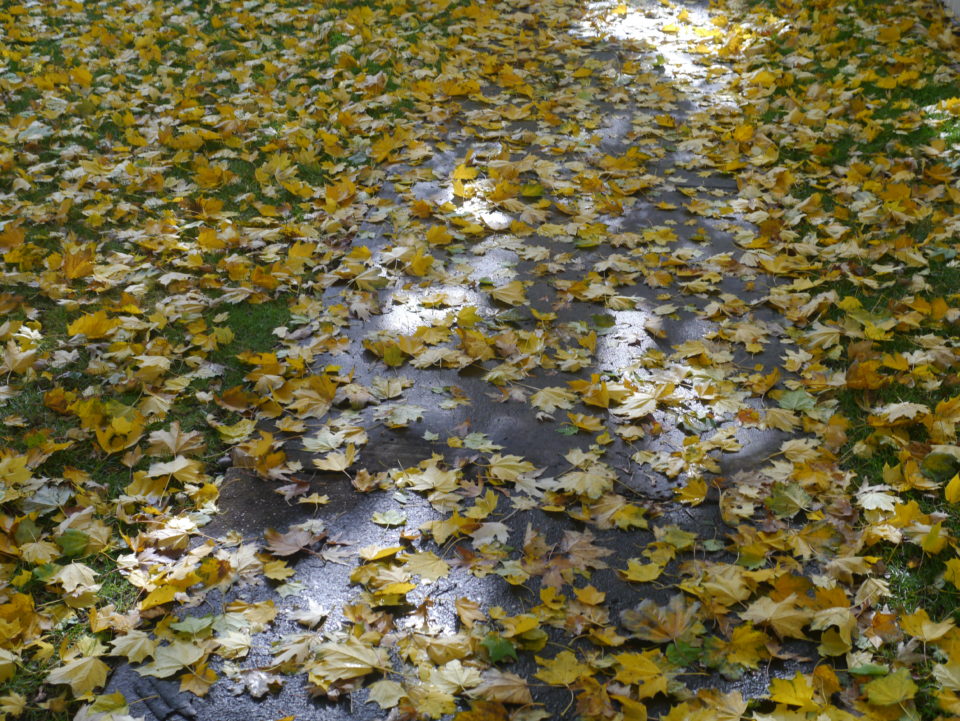
** Books mentioned have Amazon affiliate links, meaning I make a few cents if you purchase through my link. I only recommend books that I’ve read.
In an article (via Brain Pickings) on Daniel Goleman’s new book, Focus: The Hidden Driver of Excellence, Maria Popova cites the 10,000 hour rule, popularized by Malcolm Gladwell in his book , The Outliers Gladwell claimed that practice makes perfect – approximately 10,000 hours of practice, that is. Goleman agrees that practice is important and adds that it’s the quality of the practice that makes the difference. The quality comes from open-focused and heartfelt attention.
Attention is one of the nine contemplative habits for living a meaningful life. Two particularly important factors for open-focused attention are deliberate practice and feedback loops.
How do these apply to photography, in particular contemplative photography?
The first step in practicing contemplative photography is to prepare the mind, whether through sitting meditation and/or awakening the senses. There is a quality of openness and awareness that is needed to bring focused, loving attention to the practice.
Deliberate Practice – persistent training to which you give your full concentration rather than just your time, often guided by a skilled expert, coach, or mentor. ~ Daniel Goleman, Focus
A daily practice of photography using open-focused attention has been a meditative practice for me. It makes me feel more present, centred, and aware. What matters most is what I bring to this practice – my level of openness, the ability to pause and be patient, and to stay with my perceptions; to notice what’s resonating. If these qualities are present, I’m better able to express what I see.
Feedback Loops – allow you to spot errors as they occur and correct them. Ideally that feedback comes from someone with an expert eye. ~ Daniel Goleman, Focus
This is where a teacher or peer group comes in. We can learn from studying the work of great photographers we admire. And, we can join groups or workshops to see what others photograph and how they respond to our images.
Reading about different photography techniques allows us to experiment on our own and then analyze the results. We must be willing to make mistakes and realize how we could have expressed ourselves differently.
We can also tap into our own inner teacher – who lets us know what it is that we love and what we are trying to express. This is the source of our true vision.
In my workshops, I like to think that all of these are present – ideas for practice, greater awareness of our own vision, and a safe place to learn from the wisdom of a group and facilitator.
How do you practice open-focused attention?
More on Attention and Focus
Daniel Goleman’s book is excellent — I picked it up after I heard him interviewed on the radio about focus. A lot of what he says can be applied to photography. Deliberate practice, with full attention, is a powerful tool.
Glad to hear it, Gina. I plan to add it to my list.
I love your image, Kim. A very interesting posting and great food for thought. I liked these words:
“we also need to tap into our own inner teacher – what is it we love and what are we trying to express? How are we engaging with our subjects?”
I also agree with “being willing to make mistakes” and so learning how we can do things differently to obtain what we want to express.
Personally, I also find it important not to ‘over-think’ things or force them.
The inner teacher is the most important thing, I think. And, I totally agree that one should not over-think. When we tap into our inner teacher – often, our intuitive self – there is little thinking involved, mostly feeling.
I am transported by this image – the icy glass and the square with the golden circle – the circle which seems to be composed of endless circles-within-circles. An abstract image that I wish was taken by me 🙂
Brenda, thank you. I thought you might like to know that the icy glass is actually ice and the circle is the bottom of a bottle of icewine, frozen in the ice. It was pretty cool.
Practice does make perfect. The 10,000 hours translates to 5 years. The time it takes anyone in any field to become proficient in what they do. Thanks for reminding me that I have embarked on a journey and to enjoy the ride.